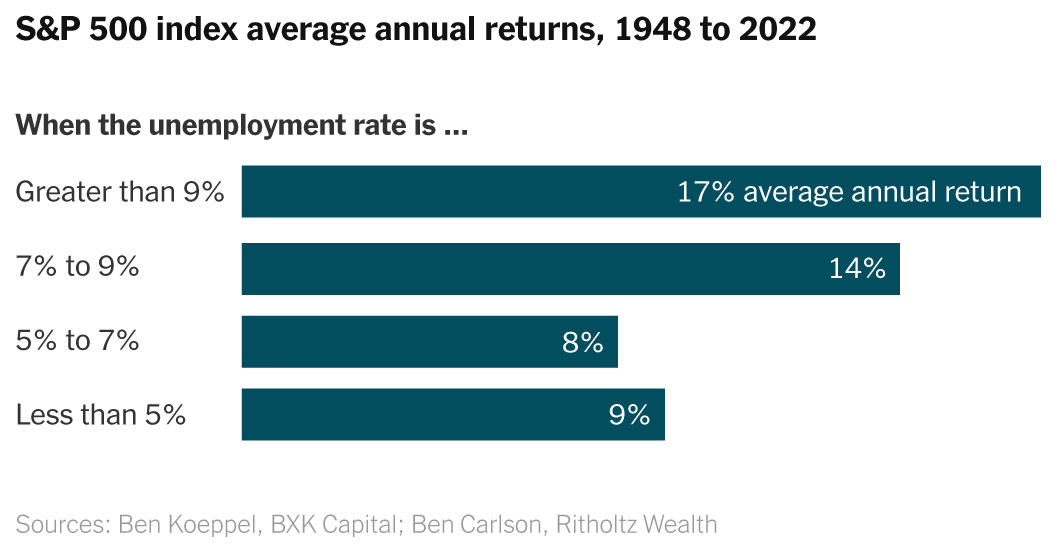
That hope is under threat, as the Federal Reserve proceeds with a plan to increase borrowing costs by quickly raising interest rates to rein in some lending, consumer spending, business investment and demand for labor.
Despite various challenges, the most optimistic market participants predict that employers, workers and consumers can experience a so-called “soft landing” this year, in which the Fed increases borrowing costs, helping inflation and wage growth moderate without a painful slowdown that kills off the recovery: Morgan Stanley strategists, for instance, expect real wages to turn positive overall by midyear, outpacing price increases, as inflation eases and pay rates maintain some strength. That could be a boon for stocks as well.
“It’s possible that over the next few quarters the labor market continues to be tight despite the Fed hiking,” said Andrew Flowers, a labor economist at Appcast, a tech firm that helps companies target recruitment ads. He still sees an “overwhelming appetite” for hiring.
Although especially low unemployment isn’t typically a bullish sign for stocks, some recent years have bucked the trend. In 2019, when the S&P 500 returned roughly 30 percent, unemployment by year’s end had fallen to 3.6 percent, in line with present levels.
In such an uncertain environment, forecasts for how stocks will fare by the end of the year are varying widely among top Wall Street firms. By several technical measures, the market’s trajectory is currently near “make or break” levels.
Public companies have “become massively efficient, so from an operating performance basis, they’ve been able to take on these extra costs,” said Brian Belski, the chief investment strategist at BMO Capital Markets. The outlook from Mr. Belski’s bank is among the most confident, with a call that the S&P 500 index will finish 2022 at 5,300 — 23 percent above Monday’s close, and far above most estimates.
“At the end of the day, I think for the economy it’s good that we are seeing these sort of wages,” he said. “Don’t ever bet against the U.S. consumer, ever.”